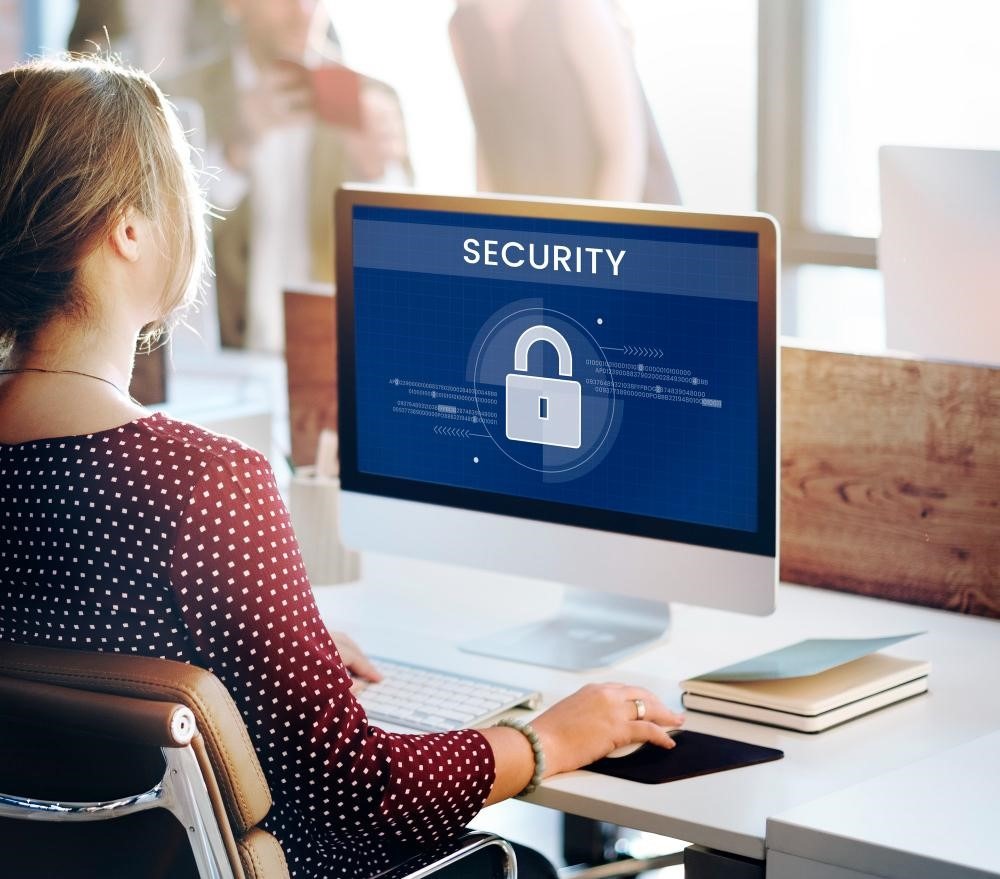A digital file provides you with greater accessibility and security. They cannot be destroyed by natural elements like heat, water, or living creatures. Your online files could be subject to data breaches or misuse.
Implement document security to ensure only authorized people access them. Protect your files with encryption, passwords, and backups. Use secure networks and understand the changing nature of threats. Here are tips on how to protect electronic records.
What are digital documents?
Digital documents are paperless files stored online or in electronic gadgets. These files are easy to edit or share since they can be replicated unlimited times. You can change them to other formats like PDF, Word, or JPEG depending on their type. The common types of files stored in gadgets include videos, audio, images, and texts.
Document protection on your Mac is crucial before sharing them. One of the useful protection methods is to redact PDF Mac. To redact means to obscure or remove sensitive data from a PDF. You can learn more about how to redact PDF Mac on the link https://setapp.com/how-to/redact-pdf. For a quick overview, use these ideas here. There are several redaction methods you can use to achieve this. You may permanently remove sections of the information or blackout the targeted data. You can also enhance PDF security by implementing important security measures. Redaction boosts your document privacy and security. It is useful when sharing sensitive information online.
Digital files let you share or track data, write reports, or create backups. They are useful because they cannot be affected by things like fire, rodents, or water. These files are prone to theft or destruction by viruses. Understand how to protect electronic records and enhance their security.
Why digital document security is important
- Digital document security is important because of the sensitive information it contains. This data must be protected to avoid unauthorized access.
- Cybercriminals are actively looking for ways to access your files and steal them. They can use the data to demand ransom or destroy your reputation.
- International data security laws and guidelines require everyone to safeguard their files. Document protection is a step towards staying compliant.
- A virus attack could lead to the loss of your entire online data. The recovery methods available can be costly. You might never recover everything.

Tips for keeping your digital files secure
Encrypt your digital files
Encryption is an important method for avoiding unauthorized access and misuse. This is a useful security option for people handling classified or sensitive files. Gadgets like Mac contain encryption apps like FileVault. Windows gadgets use apps like BitLocker. There are many other encryption app options online that serve this goal well.
Create backups
Lack of backups risks losing your entire digital files database to a breach. You can lose them due to virus attacks or hardware failures. The accidental deletion could also lead to massive data loss. You can prevent such losses by creating data backups. Ensure the backup options you choose are secure.
Make your passwords unique
Hackers proactively try guessing passwords and they often succeed in some cases. Their success comes due to the use of weak passwords. Some logins like birthdays and numerical-only credentials are easy to guess. Use password-creating tools to create the most complex logins. These tools also help store your credentials securely.
Keep your devices’ firmware and software updated
Your device firmware and software are critical for your digital file security. Your data is more secure when the apps are up to date. It seals off vulnerabilities that hackers might exploit. Software updates should include antivirus and operating system updates. You will do better if you enable automatic updates on all your gadgets.
Understand phishing scams and malicious links
Hackers mainly prefer using malicious links and phishing scams to trick people. They prefer these methods because people can easily believe they are genuine. Understand these types of attacks and ways to prevent them. Avoid opening suspicious emails or clicking doubtful links. Verify email sources to ensure they are authentic.
Create controlled access
Do not allow anyone access to your system since you cannot trust everyone. Create controlled access even for your workers or family members. Someone might unintentionally cause a breach. Control permissions and practice healthy document management. Controlled access should include your local and cloud-based storage.
Secure your networks and monitor activities
Secure networks include the use of VPNs and WPA3 encryptions. Avoid connection to public WI-FI’s and insecure websites. Unsecure computer networks are a major loophole to digital document threats. Keep your accounts less vulnerable by monitoring them regularly. Take quick action whenever you notice an unusual activity on your network.
Conclusion
Your digital file security is important for ensuring unauthorized access or misuse. This should be a continuous process and include several security strategies. Encrypt your documents and update software. Create controlled access and backups due to potential losses. Understand how phishing scams and malware work and ways to prevent them. Strengthen your passwords and store them securely.



